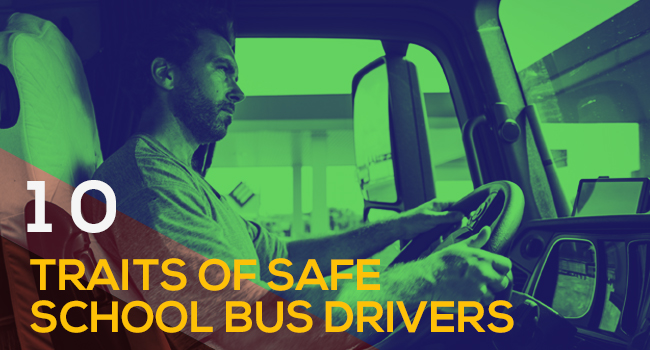“Once you accept that your child will be different, not better or worse- just different, that is the first step.” -Anonymous
Little Diya is eagerly waiting to start her school expeditions. But her parents are worried because she is suffering from partial blindness. Her parents are baffled by many questions when they think of Diya’s school bus journeys.
Diya is just a representative of an immense number of special needs students
Many schools have taken necessary steps to accommodate such students with special needs .They need special attention not only in school premises, but also in school bus transportation too.
So, what are the facilities that we can provide for such students?
1. Accept Them
School are the second home of every child. Accepting them is an extraordinary way of caring students especially those with special needs. So the first step should be accepting them as different.
Accepting them as different doesn’t mean that making them aware of their inabilities. Instead, cultivate confidence in them to confront the world without any fear.
2. Trained Crew
Schools can provide trained crew to take care of special need students. Only dedicated and trained professionals can handle such students with enough care and patience.
Schools can also conduct training classes for the school bus crew. Training will make them aware of special need students and teach them how to take care of such students.
3. Emergency number
What will you do if a child with special needs suddenly starts behaving abnormally? Anybody other than his/her parent may not know to handle such situations. So it is wise to keep the contact details of such students.
4. Seating Arrangement
Special needs children may not be comfortable on a compact aisle seat. So give them a comfortable window seat instead of the aisle seat. Secure them with a seat belt. Make sure that you have fastened their seat belt properly.
Some school vans have seats in both directions. This may create uneasiness for the special needs students. So their seat should be facing forward only. Also make sure that the allotted seat is not near the emergency exit.
5. Moderate Speed
School bus drivers should take good care in the school bus transportation of special need students. Moderate speed is advisable while driving.
6. Install Camera
Cameras can absorb every single moment with clarity. This helps in spotting kids who show uneasiness and tiredness while on the bus. And this will decrease the chances of issues such as bullying.
7. Wheelchair and Braces
You might have seen kids with wheelchair or leg braces. These people might need ramps to get into the bus. Setting ramps in school buses will be very much helpful for students with special needs.
Let us spread love among those children who need special care. And make them smile innocently without any fear of falling down. Offer them a hand and hold them up to face the challenges of the world. And let us together create a better world for them.




